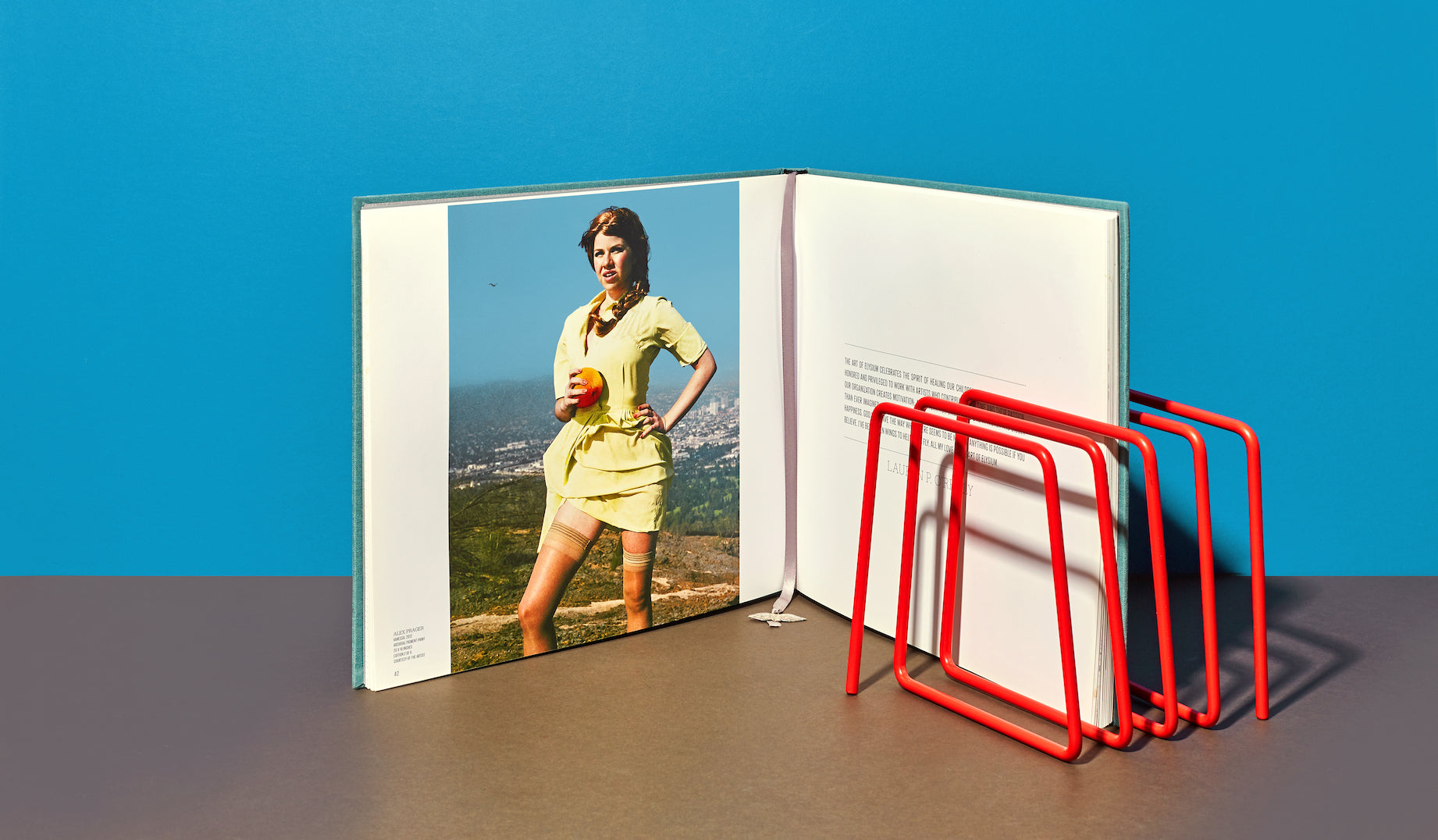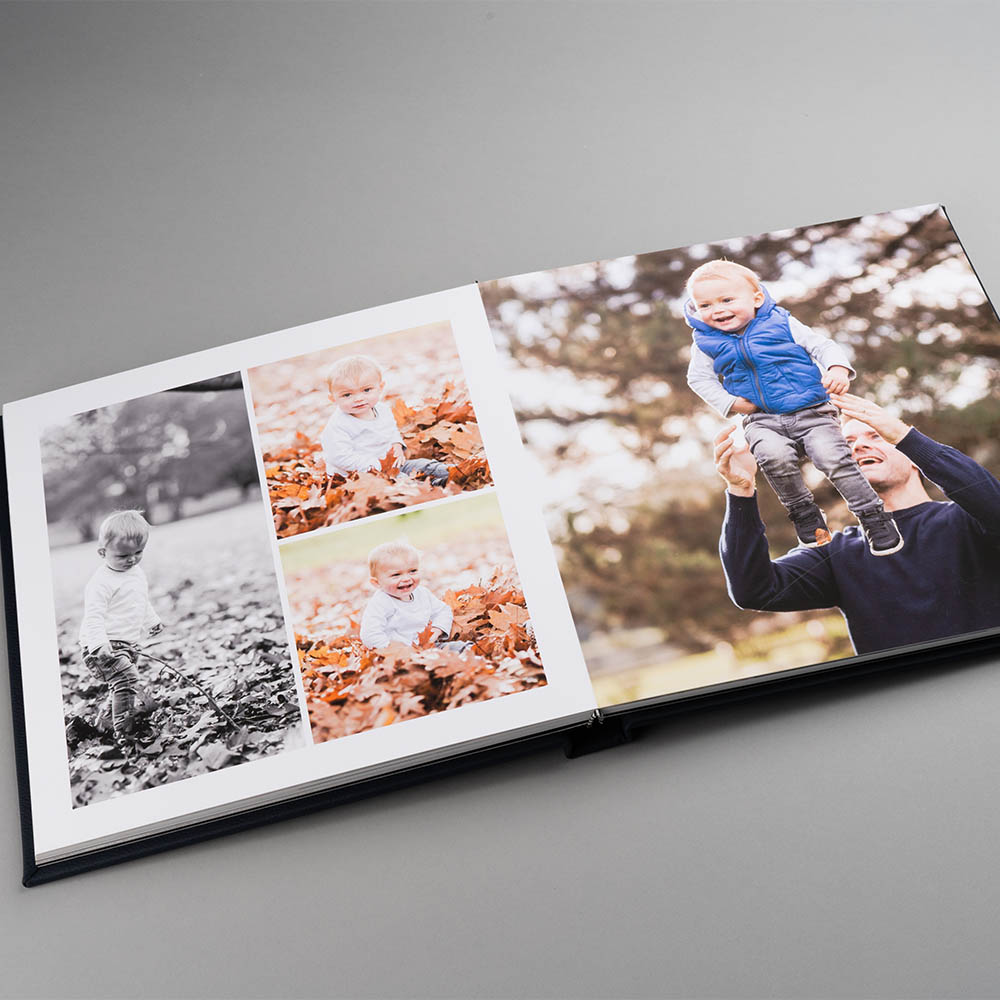Offset vs. Digital Printing: What's Best for Your art book?
Offset vs. Digital Printing: What's Best for Your art book?
Blog Article
Browsing the World of Art Book Printing: Tips and Techniques for a Perfect End Up
When it involves art book printing, you need to mix creativity with technological knowledge for the ideal results. You'll face choices that can make or damage your project, from picking the appropriate printing technique to choosing paper that boosts your art work. But before you finalize anything, there's a crucial action that can save you from costly errors. Let's discover what that is and exactly how it can elevate your art book.
Comprehending the Printing Refine
When you immerse yourself in the globe of art book printing, recognizing the printing procedure is essential for achieving your wanted results. Begin by familiarizing on your own with numerous printing techniques, like digital and offset printing. Each approach has its toughness, so consider your job's scale and budget.
Next, take note of shade monitoring. Ensure your pictures are in the appropriate shade profile, as this impacts just how they'll appear in print. You'll likewise intend to select the ideal resolution-- 300 DPI is typical for premium prints.
Always demand an evidence prior to the last print run to capture any kind of errors or discrepancies in shade. Understanding these facets can considerably improve the quality and overall look of your art book.
Picking the Right Paper
Choosing the ideal paper can greatly influence the overall look of your art book. You'll wish to review factors like weight, appearance, and surface. A much heavier weight paper can give your photos a more lavish appearance, while lighter papers might feel extra delicate.
Structure plays an essential function as well; shiny paper improves shades and detail for vibrant images, while matte paper uses a more suppressed and artistic appearance. Think of exactly how you want your artwork to be regarded-- do you like sharp contrasts or softer edges?
Do not fail to remember to evaluate samples prior to making a decision. This will aid you picture how your art interacts with different documents. Keep in mind, the best option can elevate your book from ordinary to amazing, guaranteeing your imaginative vision shines through in every page. Take your time, discover options, and pick intelligently for the finest results.
Checking Out Binding Options
When it involves binding your art book, you have actually obtained a number of alternatives to ponder that can impact both the look and feel of your job. Consider the sturdiness features you require, along with the price effects of each binding approach. Selecting the right binding can elevate your art work and guarantee it lasts for many years to come.
Sorts Of Binding Approaches
There are numerous binding approaches to consider for your art book, each offering one-of-a-kind advantages and visual appeals. If you're trying to find a streamlined surface, perfect binding is an exceptional option, offering a specialist appearance with a durable spine. For a more artistic touch, consider spiral binding; it allows your book to lay level, showcasing your artwork wonderfully. If you choose a conventional feeling, instance binding provides you a resilient hardbound alternative, ideal for top quality prints. Saddle sewing is one more choice, perfect for thinner books and using a clean and minimalistic appearance. Each binding method has its appeal, so consider your book's purpose and target market to pick the one that finest complements your vision.

Choosing Sturdiness Functions
After considering the various binding methods, it's time to focus on sturdiness features that can enhance the durability of your art book. Choosing a robust binding choice is crucial; think about options like instance binding or lay-flat binding, which provide extra strength. Furthermore, focus on the kind of adhesive made use of; a premium PVA glue can ensure the pages remain safe and secure over time. If you anticipate your book to endure regular handling, go with products like laminated covers or coated paper, which stand up to deterioration. Ultimately, consider how you'll save the book-- using a protective slipcase can add an added layer of protection against dust and damages. Focus on these features to maintain your art book looking excellent.
Price Ramifications of Binding
While picking a binding choice for your art book, it's vital to ponder exactly how each choice influences your budget. Saddle stitching is more affordable, perfect for smaller sized books, yet it may not suit larger jobs. Ultimately, picking the right binding option can enhance your art book's presentation without damaging the bank.
Designing for Print
When creating for print, you need to focus on clearness and visual influence to effectively display your artwork. Start by choosing a color palette that matches your items, ensuring it translates well theoretically. Maintain in mind that colors might show up in different ways in print than on-screen, so choose colors that preserve vibrancy when printed.
Usage high-resolution images to avoid pixelation; go for at the very least 300 DPI for peak quality. Consider your typography very carefully-- select fonts that enhance your art without overpowering it. Preserve an equilibrium in between text and visuals, making certain that neither sidetracks from the various other.
Pay attention to layout and white room, as these elements assist the viewer's eye and produce a harmonious circulation. Assume about the dimension and dimensions of your book; it should enhance your art work, not constrict it. By concentrating on these facets, you'll produce a stunning print style that astounds your target market.
Proofing Your Artwork
As soon as you have actually completed your layout, it's time to proof your art work to confirm everything looks as planned. Beginning by checking for any type of punctuation or grammatic errors, as these can interfere with your message. Next, check out shade precision. If your artwork is vibrant on-screen, however dull on paper, modifications might be essential. It's also important to examine photo resolution; low-resolution images can show up pixelated, messing up the total high quality.
Publish an examination proof to see just how your layout translates to paper. Make particular your artwork sticks to any kind of certain standards your printer requires, such as hemorrhage and cut lines.
Collaborating with a Printer
When you prepare to publish your art more info book, discovering the ideal printer is essential. You'll need to plainly interact your vision and recognize the printing requirements to guarantee everything transforms out as expected (art book). Allow's explore how to make this process smooth and successful
Selecting the Right Printer
Choosing the appropriate printer can make all the distinction in bringing your art book vision to life. Research study regional and on the internet printing companies, paying focus to their portfolios and client evaluations. You want a printer experienced in art books, as they'll recognize the nuances of recreating your artwork faithfully.
Communicating Your Vision
To ensure your art book appears equally as you envision, it's essential to connect your vision plainly with your printer. Start by sharing your imaginative idea, including themes, colors, and any specific components you desire highlighted. Go over the total feel you're going for, whether it's modern, conventional, or progressive. Be open about your spending plan and timeline; this assists your printer give practical choices. Don't think twice to share examples or references that influence you. Ask concerns and make sure you comprehend their processes, as this constructs a collaborative connection. Lastly, establish regular check-ins throughout production to make certain every little thing lines up with your assumptions. Clear interaction can change your vision into a tangible work of art.

Understanding Printing Specs
With your vision clearly expressed, it's time to concentrate on the technical side of publishing your art book. Recognizing printing specs is crucial for attaining the excellent result. Beginning by discussing your preferred paper kind; options like shiny or matte can greatly affect the aesthetic charm. Next off, consider the book's measurements-- typical sizes are typically extra economical, however customized dimensions can boost your one-of-a-kind style. Don't fail to remember to check the resolution of your images; they must be at the very least 300 DPI for crisp prints. Clarify your color choices-- CMYK is basic for print, while RGB is made use of for electronic. By recognizing these specs, you'll ensure a smoother partnership with your printer and a spectacular end product.
Advertising And Marketing Your Art Book
Advertising your art book efficiently can make all the difference in reaching your target market and increasing sales. Start by identifying your target audience. Are they art fanatics, enthusiasts, or students? Tailor your messaging to resonate with them. Utilize social media systems like Instagram and Pinterest, where visuals beam. Showcase your artwork, share behind-the-scenes material, and involve with your fans with stories and articles.
Consider hosting a launch event or taking part in art fairs to connect with potential purchasers directly. Team up with influencers or blog writers in the art area to expand your reach. Do not ignore the power of e-mail advertising; build a mailing checklist to keep interested visitors updated.
Finally, leverage online marketplaces and your web site for direct sales. Deal restricted editions or special promos to produce seriousness. By combining these strategies, you'll raise visibility and drive sales for your attractive art book.
Frequently Asked Concerns
What Is the Typical Cost of Art Book Printing?
The standard price of art book printing differs extensively based upon aspects like size, page count, and products. Generally, you're taking a look at anywhere from $10 to $50 or even more per art book book, depending on your options.
For how long Does the Printing Process Normally Take?
The printing process generally takes regarding two to 4 weeks, relying on the task's intricacy and quantity. You'll need to consider layout, proofing, and possible revisions to guarantee everything meets your check here assumptions.
Can I Print a Limited Edition of My Art Book?
Yes, you can publish a restricted version of your art book. Just determine the amount of copies you desire, select a high quality printer, and ensure you have actually got the right products to create an exclusive feeling.
What Documents Formats Are Best for Publishing My Artwork?
For publishing your artwork, usage high-resolution data like TIFF or PDF. These formats keep top quality and color accuracy. Stay clear of JPEGs for final prints, as they can lose information. Always examine your printer's specs for ideal results.
How Can I Make Sure Shade Accuracy in My Printed Book?
To ensure shade accuracy in your printed book, make use of an adjusted screen, soft proof your data, and choose a trusted printing solution. Consider utilizing RGB or CMYK shade modes as needed for your art work.
Report this page